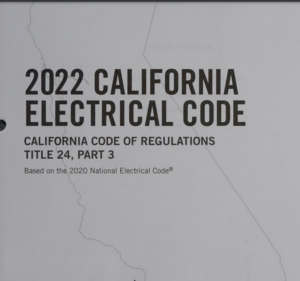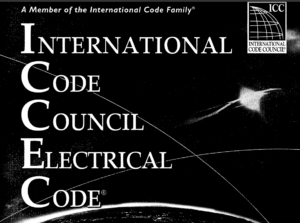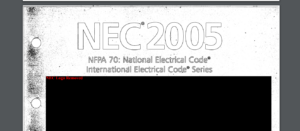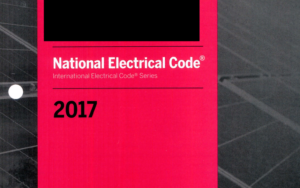The 2015 edition of NFPA 70E, the Standard for Electrical Safety in the Workplace, outlines safety measures for electrical work environments. It aims to protect workers from electrical hazards by establishing clear safety protocols and guidelines. This edition addresses various issues with earlier standards, providing a more comprehensive framework compatible with OSHA regulations and the National Electrical Code (NEC). The standard focuses on four key areas: installation safety, safety-related work practices, safety-related maintenance, and special equipment safety requirements. Key changes in this edition include an emphasis on risk assessment, replacing terms like “arc flash hazard analysis” with “arc flash risk assessment” to align with international standards. The standard also mandates safety-related maintenance training and audits to ensure compliance with electrical safety programs. Additionally, it introduces updated personal protective equipment (PPE) categories and eliminates outdated terms like “Prohibited Approach Boundary” for more straightforward guidelines. The 2015 NFPA 70E requires regular updates to equipment labeling to reflect accurate arc flash hazard risks and mandates that employers assess risks before tasks like cutting or drilling near potential electrical hazards. The document is designed to be accessible to both employers and employees, providing definitions and clear instructions to enhance understanding and safety in the workplace. The NFPA 70E is not a substitute for the NEC but complements it by focusing specifically on workplace safety, aiming to minimize electrical hazards and ensure the safety of employees working with or near electrical systems.

2022 California Electric Code Title 24, Part 3
The 2022 California Electrical Code establishes comprehensive safety standards for electrical installations, ensuring a harmonious balance between innovation and compliance within California’s diverse architectural landscape.





